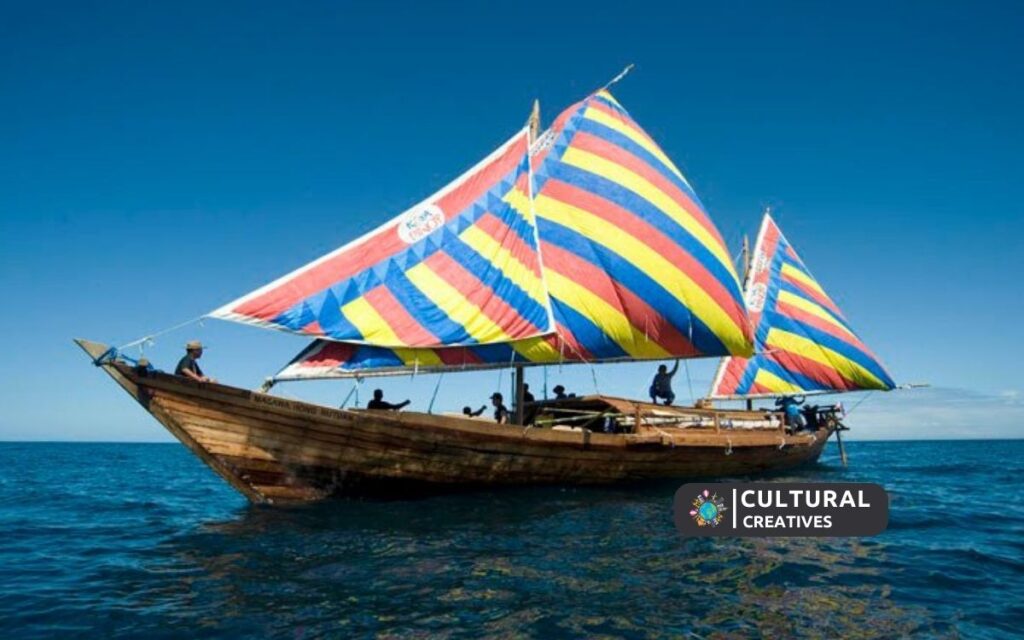The Balangay Festival is an annual celebration held in Butuan City, Philippines, commemorating historic boat-making and seafaring traditions. Highlighting the first watercraft in the Philippines, it honors the country’s maritime heritage.
Every September 19th May in Butuan City, the Balangay Festival bursts into life, drawing locals and tourists alike with its display of culture and history. Named after the ancient wooden watercraft ‘Balangay,’ the festival showcases a series of cultural events, including street dancing, boat racing, and historical exhibitions.
As part of the festivities, colorful parades fill the streets, where participants, dressed in stunning traditional costumes, perform dances and rituals that tell stories of their rich past and resilient spirit. The festival not only celebrates the storied boat that is a pivotal part of Philippine maritime history but also strengthens the community’s bond and promotes cultural pride. This unique celebration is a testament to Butuan’s role as a significant hub for commerce and culture since ancient times and contributes to the Philippines’ diverse festival scene that fascinates and educates both domestic and international visitors.
History And Origin Of Balangay Festival
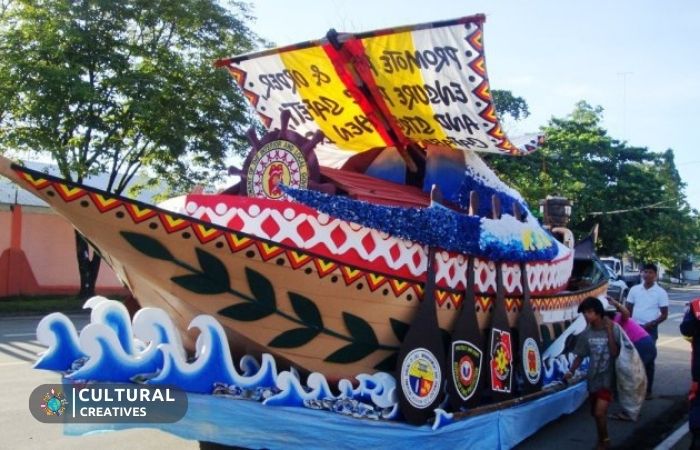
The roots of the festival stretch deep into the pre-colonial era of the Philippines. Named after the balangay boats, the first wooden watercraft found by archaeologists in Southeast Asia, the festival is a tribute to these ancient vessels that played a vital role in the spread of civilization, migration, and trade across the archipelago. Every year, the festival revives the spirit of these bygone ages with a series of dramatic reenactments and enthralling cultural exhibitions.
In Filipino heritage, the balangay is more than a mere vessel; it symbolizes unity and cooperation. This is a powerful embodiment of these values, as local communities work hand-in-hand to prepare and celebrate. It serves as a platform to showcase the unity and craftsmanship of the Butuanons, which is an integral part of their social fabric and a reflection of the nation’s indomitable spirit.
Annual Schedule And Location Highlights
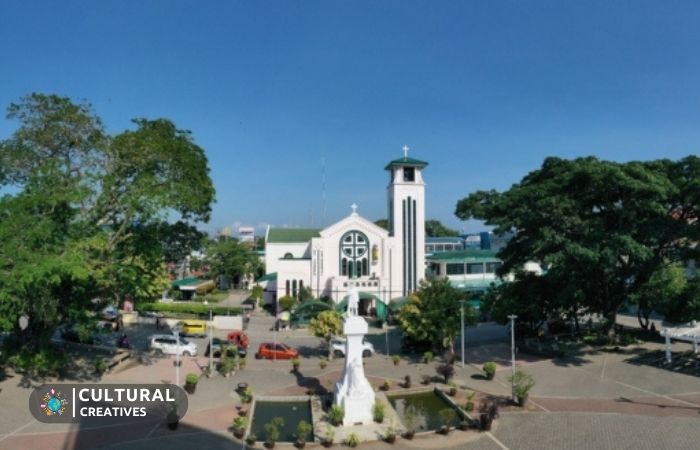
The Balangay Festival takes place annually in the majestic city of Butuan, the regional center of Caraga in the Philippines. It specifically sets sail every May, in alignment with the National Heritage Month of the Philippines, drawing in audiences from near and far to witness the grandeur of this historical and cultural fete.
| Event Highlights | |
|---|---|
| Date | Every 19th May |
| Location | Butuan City, Caraga, Philippines |
| Main Attractions |
|
From the resplendent boat parades on the Agusan River to the heart-thumping drum beats on the streets, every activity is a vivid canvas that captures the essence of Balangay’s historical importance and its continual influence on the collective identity of the Filipino people.
Ceremonies And Rituals
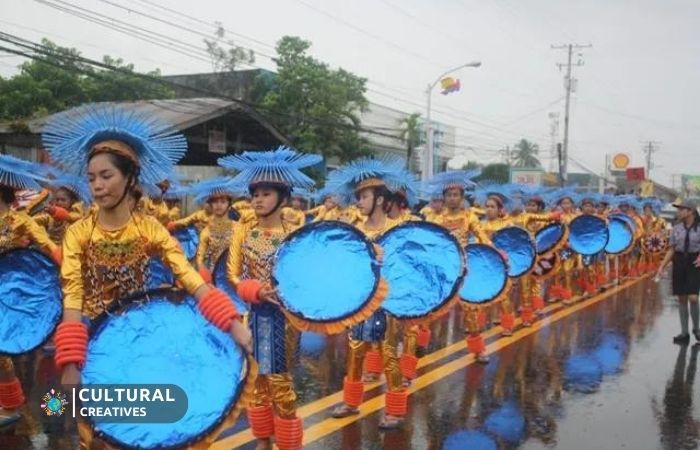
The festival is a tapestry of Philippine history, celebrating the spirit and traditions of the early Filipino settlers. At the core of this cultural showcase are the ceremonies and rituals that have been handed down through generations. These events are more than just spectacles; they are the beating heart of the festival, embodying the customs and beliefs of the community.
Traditional Rituals And Their Meanings
The festival’s traditional rituals are steeped in symbolism and historical significance. These intricate ceremonies are a homage to the ancestors, imbued with hopes for safe voyages, bountiful harvests, and unity among tribes. Here’s an overview of the key rituals:
- Pamugsay – A ritual blessing of boats, representing protection against the perils of the sea.
- Diwatahan – An offering to deities, seeking guidance and prosperity for the community.
- Karakol – A ritual dance parade, symbolizing the joyous spirit and resilience of the Filipino people.
Role Of Community Elders And Shamans
Community elders and shamans play a pivotal role in the festival. They serve as the spiritual guides and custodians of the community’s lore. Their responsibilities include:
- Leading the rituals and imparting wisdom to the younger generation.
- Ensuring the accurate preservation of chants, dances, and traditional practices.
- Facilitating communication between the physical and spiritual realms during the festivities.
Contemporary Practices Vs. Historical Traditions
As time progresses, the Balangay Festival evolves, intertwining contemporary practices with long-established traditions. While modern elements are introduced, the essence of ancient ceremonies remains intact. Here’s a glimpse at how the festival honors its roots while embracing change:
| Historical Traditions | Contemporary Practices |
|---|---|
| Wooden Balangay boats used for rituals | Replicas and models for educational purposes |
| Age-old chants and native music | Contemporary compositions blending traditional and modern melodies |
| Handwoven costumes and accessories | Innovative designs inspired by ancient attire |
By honoring both the old and the new, the festival continues to be a dynamic symbol of Filipino cultural identity.
Cultural Exhibitions And Events
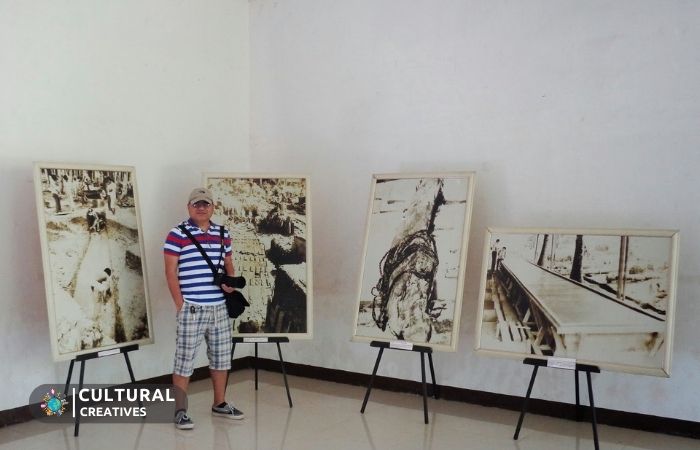
The festival is a full immersion into the cultural tapestry that defines the community’s spirit. Visitors from around the world are treated to an array of cultural exhibitions and events that showcase the deep-rooted traditions and artistic prowess of the locals. With every turn, the festival unfolds a story of their past, painting a colorful narrative through various forms of artistic expression.
Parades And Street Dancing: A Vivid Display Of Heritage
The streets come alive with the Parades and Street Dancing, an explosive expression of heritage through choreographed movements and elaborate costumes. This is where history meets pageantry:
- Dynamic beats fill the air as drummers set the rhythm for dancers.
- Dancers clad in traditional attire weave through the streets.
- Each troupe tells a story, their moves a tribute to ancestral tales and local legend.
Boat-building And Maritime Competitions
The Balangay Festival reaches back to its marine roots during the Boat-Building and Maritime Competitions. This segment celebrates the seafaring expertise that is central to the local heritage.
- Artisans showcase their skills in traditional boat-building techniques.
- Teams compete, racing in handcrafted balangay boats in thrilling maritime showdowns.
- Onlookers marvel at the resilience and craftsmanship inherent to the local boat-making heritage.
Workshops And Educational Activities For Participants
The festival also offers a rich educational component with workshops and activities designed for participants of all ages. These sessions provide hands-on experiences:
| Workshop | Objective | Audience |
|---|---|---|
| Traditional Weaving | Learning the ancient art form from master weavers | All ages |
| Cooking Classes | Discovering local cuisine and culinary secrets | Food enthusiasts |
| Storytelling Sessions | Understanding local folklore and history | Children and families |
Apart from these, participants can engage in interactive sessions on local customs, language workshops, and even environmental conservation activities that highlight the community’s commitment to sustainable practices. Each event and exhibition at Balangay Festival is an open invitation to witness, learn, and partake in a culture that has withstood the test of time, a celebration of an enduring legacy that continues to flourish.
Impact And Importance
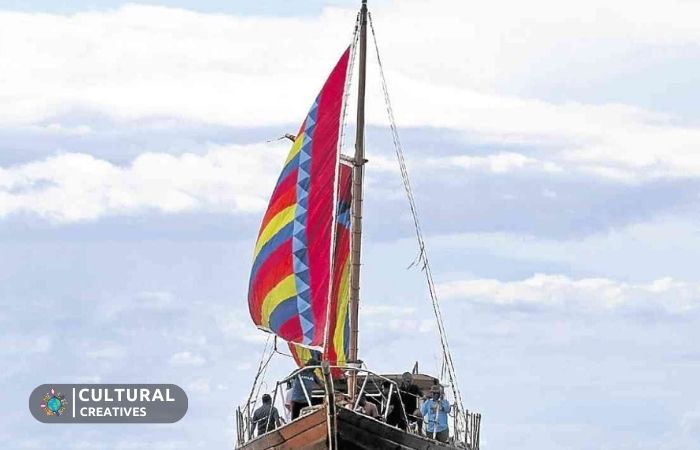
This festival is a symbol of the Filipino spirit, resilience, and the communal ties that bind the nation. Recognized for its historical significance and its modern-day impact, the Balangay Festival plays a crucial role in preserving Filipino culture while spurring social and economic growth. The following sections delve into the wide-reaching effects of this iconic celebration.
Fostering Cultural Pride Amongst Filipinos
At its core, the Balangay Festival is a profound expression of cultural pride. It ignites the spirit of nationalism by bringing Filipinos together to honor their shared ancestry and maritime history. This cultural extravaganza, featuring indigenous music, dances, and crafts, serves not only as a reminder of the country’s rich past but also as a platform that strengthens Filipino identity.
Tourism And Economic Opportunities
Beyond cultural significance, this festival is a key driver of tourism and economic growth. It attracts visitors from around the world, offering a glimpse of Filipino hospitality and traditions. This influx of tourists translates to numerous economic opportunities, bolstering local businesses and creating jobs. Hotels, restaurants, and souvenir shops thrive during the festival season, and their economic ripple effects are felt across the community.
Conservation Efforts And Cultural Education
The festival also places emphasis on conservation efforts and cultural education. Engaging educational programs and workshops teach participants about the importance of preserving the balangay boats and the maritime customs of the Philippines. By raising awareness and promoting the safeguarding of these national treasures, the festival ensures that Filipino cultural heritage continues to inspire future generations.
Experiencing As A Visitor
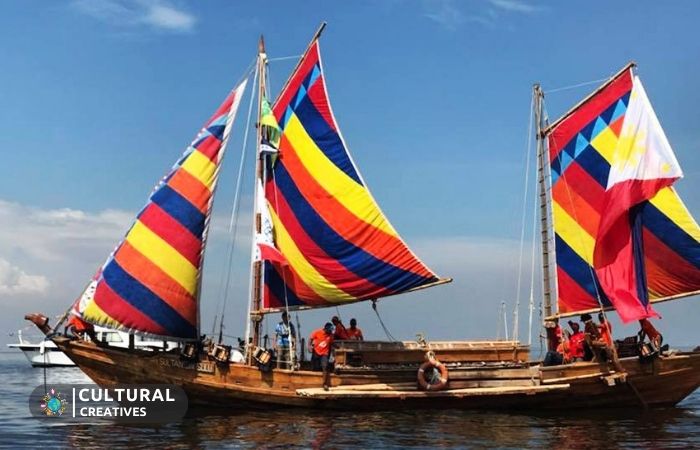
Stepping into the world of the Balangay Festival is like being whisked away into a mesmerizing blend of history, culture, and maritime heritage. Unique to the Philippines, particularly in the city of Butuan, this annual celebration commemorates the ancient Balangay boats that symbolize the Filipino spirit of community and exploration. As a visitor, prepare to be enchanted by a spectacle of colors, tradition, and festivity, offering a plethora of cultural experiences and a journey back in time.
Tips For Immersive Cultural Engagement
Truly experiencing the Balangay Festival means more than just being a spectator; it’s about immersing yourself in the local customs and rhythms. Here are some indispensable tips to help you engage with the culture authentically:
- Participate Actively: Join in on the communal activities. Whether it’s a parade or a traditional dance, participation is key to immersion.
- Learn a Few Local Phrases: A simple ‘Salamat’ (thank you) can go a long way. Locals appreciate the effort to communicate in their language.
- Respect the Traditions: Show reverence for ceremonies and local norms. Observe and inquire before jumping into activities.
Must-see Attractions And Highlights
The festival is packed with events that you don’t want to miss. Ensure you check out the following attractions and highlights:
| Attraction/Event | Description |
|---|---|
| Historical Reenactments | Witness the re-telling of Butuan’s history as locals don period costumes and act out significant events. |
| Boat-Building Demonstrations | Observe the craftsmanship and techniques behind constructing the Balangay boats—a time-honored tradition. |
| Cultural Performances | Experience the indigenous music and dances that tell stories of Filipino life and lore. |
| Street Dancing Competition | Immerse in the colors and lively beats as participants compete in dances inspired by local folklore. |
Understanding Local Hospitality And Etiquette
Warm and gracious, the Filipinos welcome visitors with open arms. However, it’s crucial to be aware of the local customs to show respect and appreciation for their hospitality.
- Greet Respectfully: A polite nod or a smile can be a respectful way to greet locals.
- Accept Offerings Graciously: It’s common for Filipinos to offer food or gifts to guests. Accept these with a warm thank you.
- Be Mindful of Dress Codes: Some events may require modest attire, so it’s best to be prepared with appropriate clothing.
Embrace these practices, and you’ll enrich your festival experience, making memories that not only last a lifetime but also honor the spirit and tradition of this extraordinary cultural celebration.
The Future Of Balangay Festival
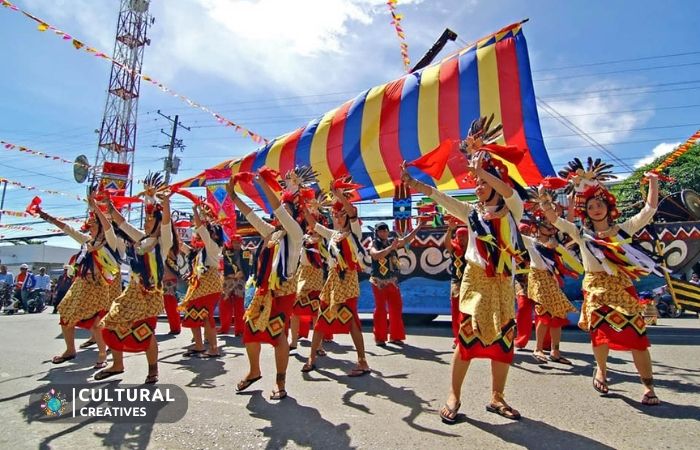
The festival’s rooted traditions and cultural significance continue to captivate, but they also face contemporary hurdles. Exploring these challenges and the concerted efforts to preserve this cultural gem ensures that the festival will continue to sail smoothly into the future.
Challenges Facing The Festival And Its Traditions
The Balangay Festival encounters several challenges, including modernization, waning interest among the populace, and environmental concerns. Balangay boats, the centerpiece of the festival, demand specific traditional skills for their construction, skills that are at risk of being lost in today’s rapidly changing world.
- Maintaining Authenticity: amidst cultural globalization.
- Securing Funding: for the festival’s elaborate celebrations.
- Environmental Impact: prioritizing sustainable practices to protect local ecosystems.
Initiatives To Sustain And Revitalize Balangay Celebrations
Various initiatives strive to ensure its preservation and enhancement. These efforts include educational programs, government and non-government partnerships, and tourism campaigns that highlight the festival’s unique qualities.
- Educational Outreach: Engaging schools in the festival’s history.
- Collaborative Efforts: Leveraging support from local and international cultural organizations.
- Interactive Experiences: Incorporating modern technology to document and share the festival’s legacy.
Continuing The Legacy: Involvement Of The Younger Generation
The torch of tradition needs bearers, and the young generation holds the key to the festival’s continuity. By fostering interest and participation among youth, the celebration not only survives but also innovates. Schools, local community groups, and families play critical roles in kindling the spark of cultural pride and responsibility.
- Workshops and Camps: Hands-on opportunities for youth to learn boat-building and weaving.
- Cultural Mentorship: Pairing elders with young apprentices to transfer knowledge.
- Social Media Engagement: Utilizing platforms to share stories and involve a wider, younger audience.
Conclusion
As the Balangay Festival draws to a close, we carry with us a tapestry of colorful memories. This celebration binds us to our cultural heritage, unites communities, and ignites the spirit of unity. Remember to mark your calendars for next year’s festivities and immerse yourself once again in this unforgettable experience.
Let’s keep sailing together on the journey of tradition and celebration.

